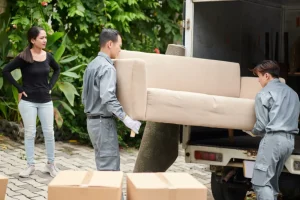2m54a
Ethan Brooks is a seasoned moving industry expert with over 15 years of experience in helping people navigate the complexities of residential and commercial relocations. With a deep understanding of moving logistics, packing strategies, and safety protocols, he shares valuable insights to make your move as smooth as possible. Known for providing trustworthy advice, Ethan is committed to offering practical, professional solutions that ensure a stress-free moving experience.- All Posts
- Moving and Packing Services
- Back
- Local Moving Services
- Commercial Moving Services
- Senior Moving Services
- Packing Services
- Loading and Unloading Services
- Logistics and Delivery Services










